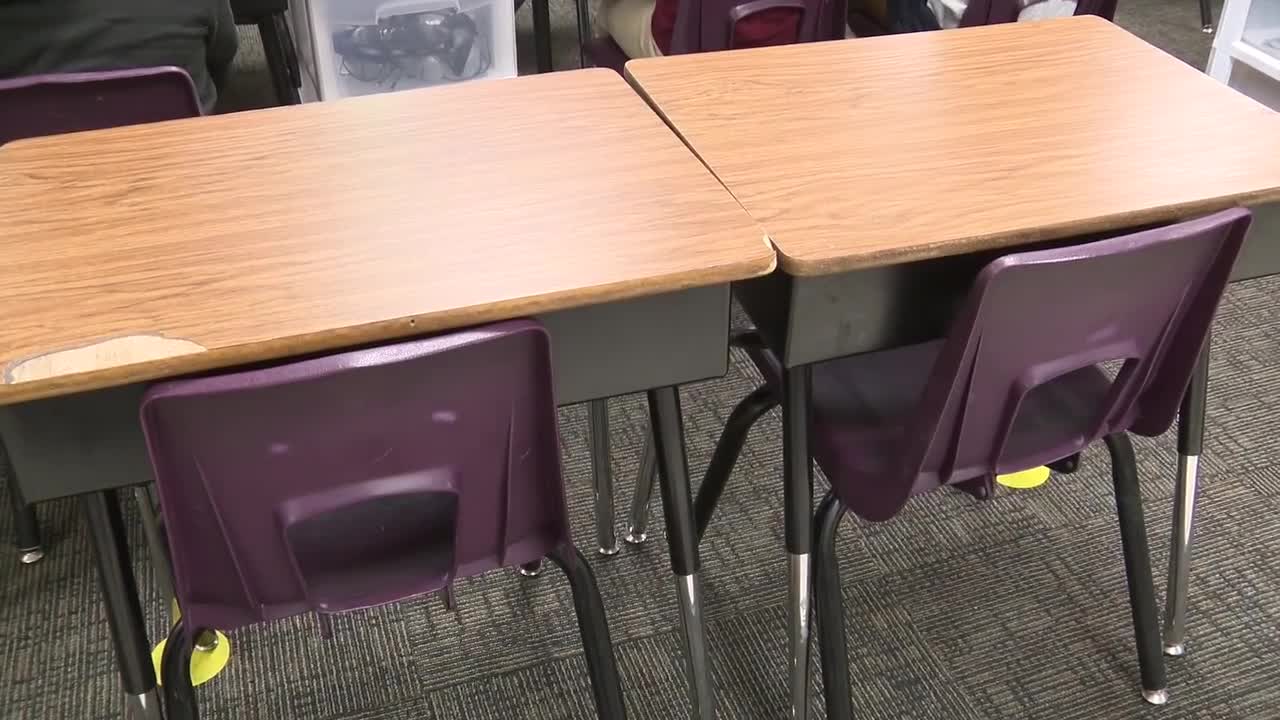PHOENIX — Arizona Superintendent of Public Instruction Tom Horne and Maricopa County Sheriff Jerry Sheridan are teaming up, urging districts to take more action to ensure students are not missing school.
Recent data shows that chronic absenteeism - missing 10% or more of the school year while enrolled, which is usually 18 missed days in a typical 180-day school year - rose to 30% across the state during the 2022-2023 school year, according to a report from the Helios Education Foundation.
RELATED: Kyrene Elementary School District creates task force to battle chronic absenteeism
Under Arizona law in A.R.S. 15-802, all children between the ages of 6 and 16 years are mandated to attend an academic school where they learn, at a minimum, reading, grammar, math, social studies, and science.
“Under Arizona law, if parents knowingly and willingly allow their children to miss school they are in violation of a Class 3 misdemeanor. Any certified law enforcement officer in Arizona is empowered to cite parents under this law,” the Arizona Department of Education said in a news release.
“Parents who fail to get their children to school are committing a misdemeanor offense and if any parents have children that refuse to attend school, those children will be dealt with at the juvenile court level,” Sheridan reiterated in the news release.
“We have to create a motivation for parents to be sure their children go to school, and when willful violations of the law occur, they are prosecuted, which unfortunately has not always been the case,” Horne said in part. “We urge city attorneys to treat truancy cases brought to them as a priority.”
The number of students missing school has increased since the COVID-19 pandemic, and battling chronic absenteeism has been a struggle for years.
"The idea that a third of our students are missing 18 days of school or more is a real catastrophe and an emergency for our state," Horne said last month.
While districts are working on improving chronic absenteeism and bringing kids back into the class, the first option they typically go with is educating and informing parents. Horne believes that’s a “soft” solution. In the Dysart Unified School District, when students miss more than nine days of school a year, Assistant Superintendent Craig Mussi said students won’t get a class credit. Horne wants more schools to do this.
“That's the only way we're going to get the attention of the families to understand and the student to understand you need to be in schools,” Mussi said in a Wednesday press conference.
Janice Palmer, the senior vice president of governmental affairs and public policy for the Helios Education Foundation, said working with families is effective, according to their research.
“Our research did not touch on law enforcement. I think we very much appreciate Superintendent Horne for elevating the issue, but you know the data and the research really pan out that it's relationships that matter to get kids into the classroom,” Palmer said.
See more recent data on absenteeism by school district, race, and more here.
“What I’ll say about children, particularly at the pre-k, eighth-grade level, 99% of the time, it has nothing to do with the student. It has to do with circumstances that are out of their control, and how we adults work together with adults in the family in our community to be able to come up with those solutions specific to each one of our children,” Betsy Hargrove, the Superintendent of the Avondale Elementary School District, told ABC15 last year.





